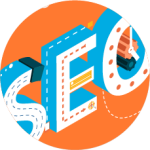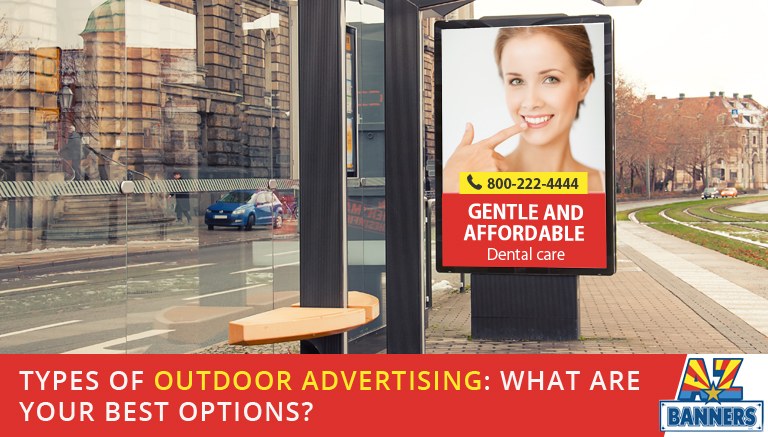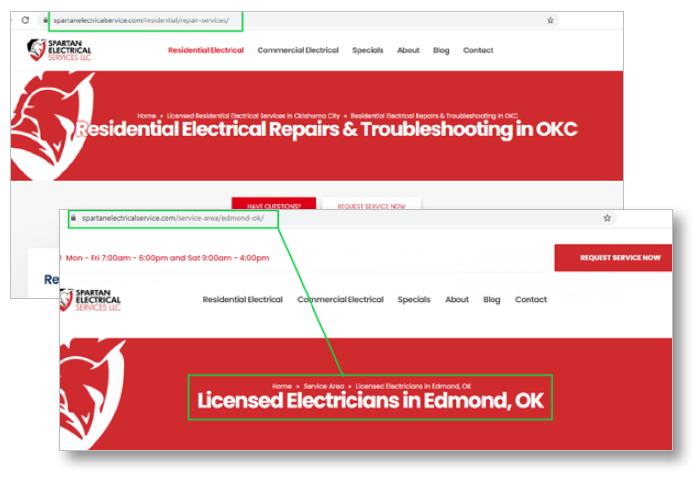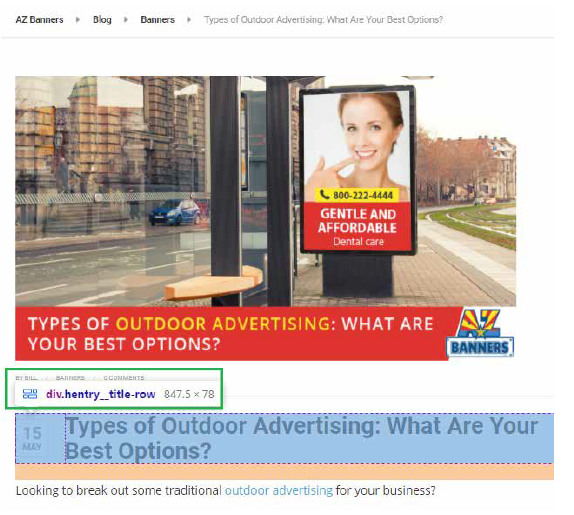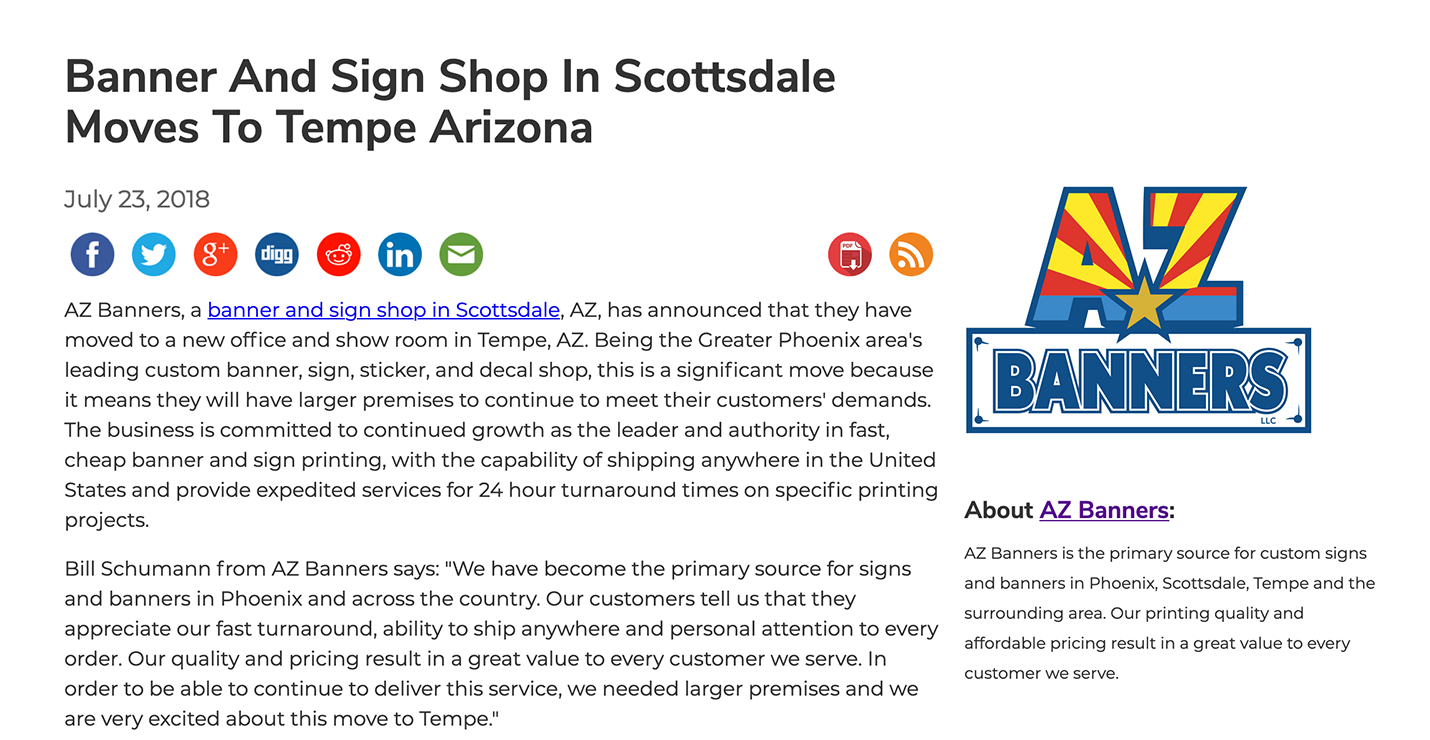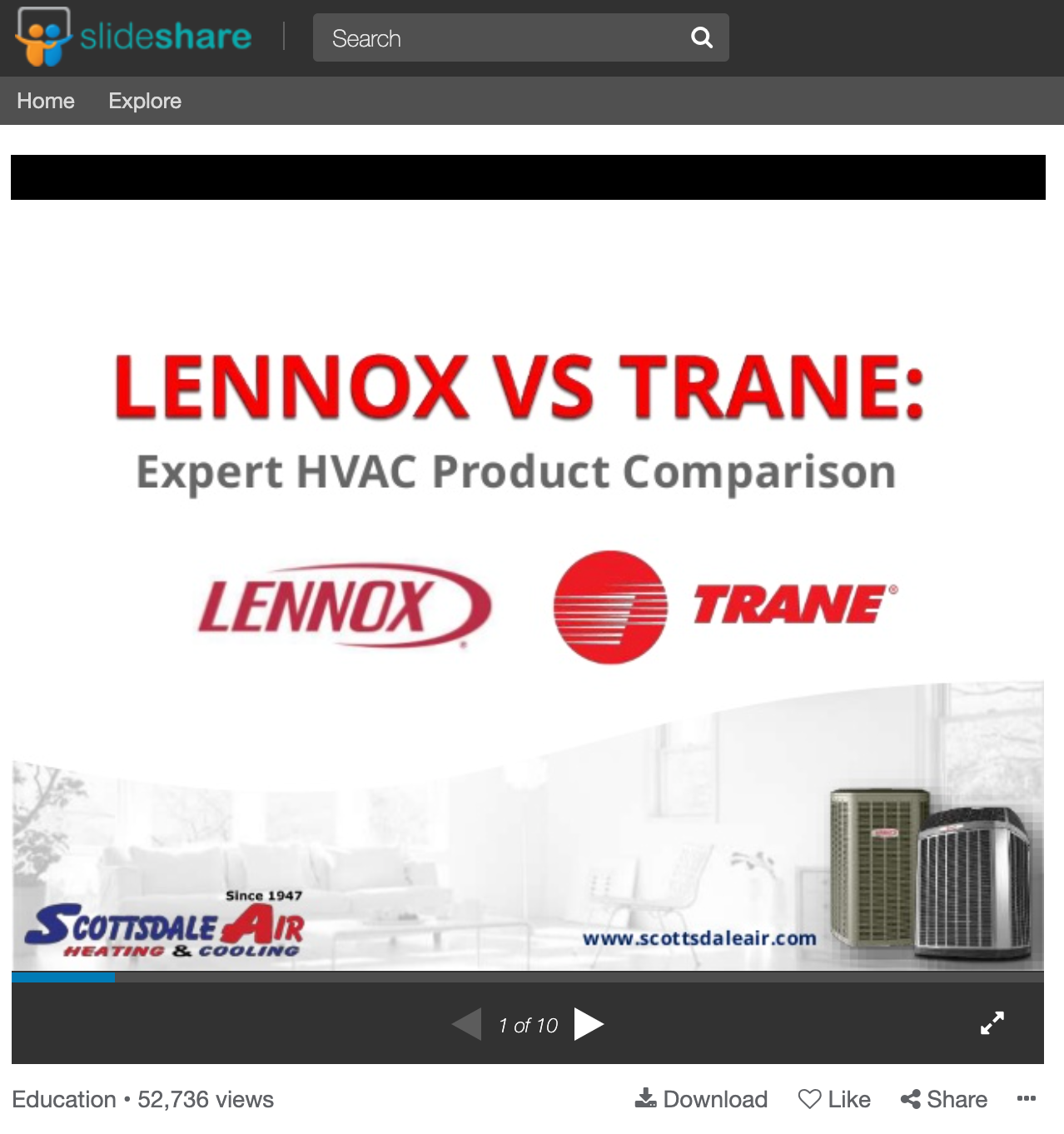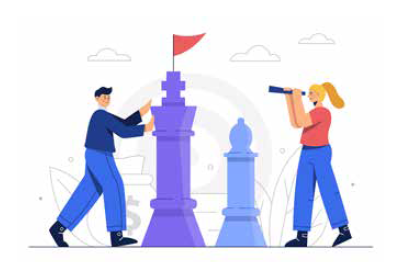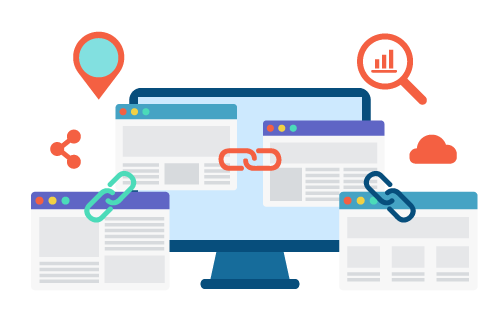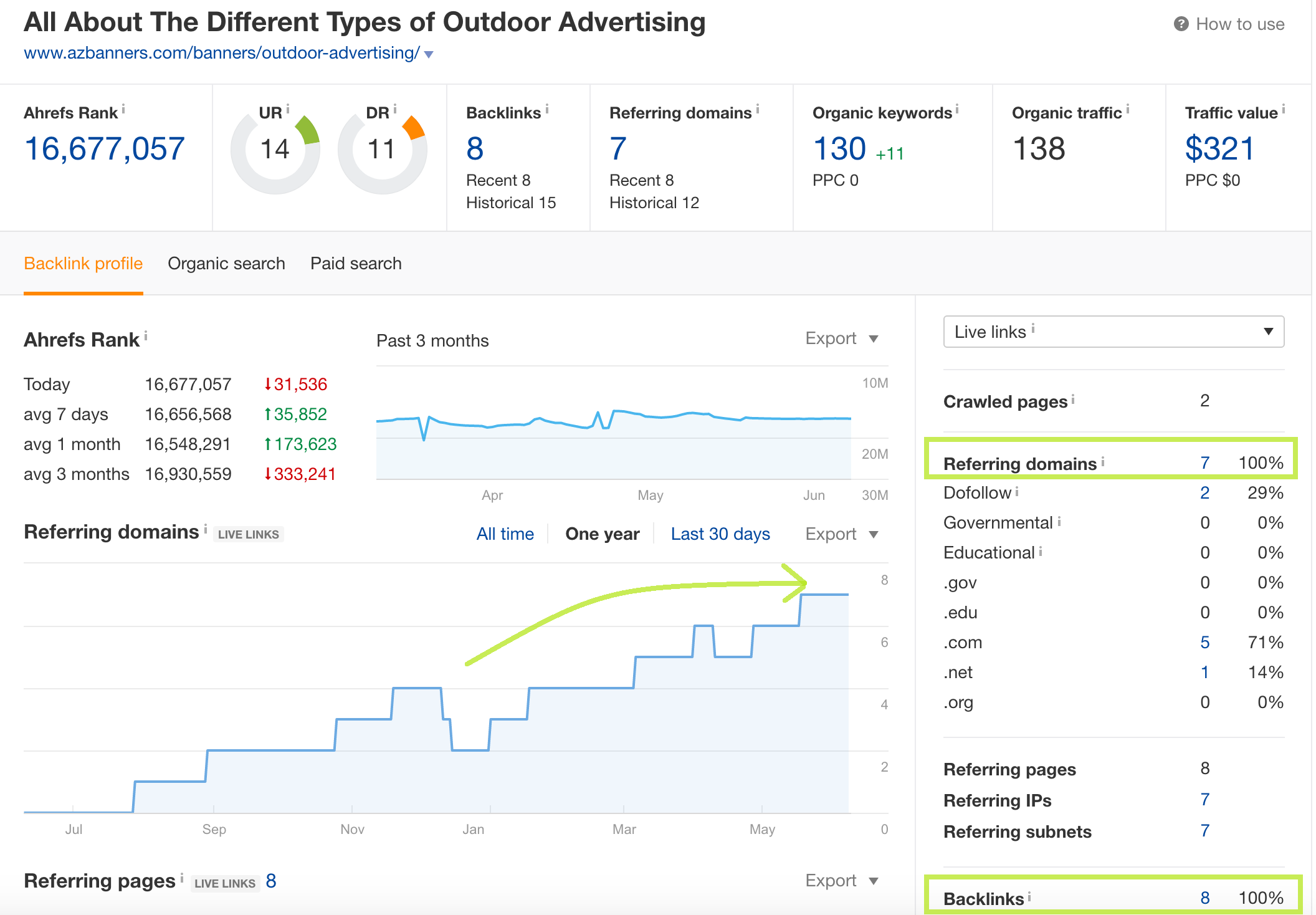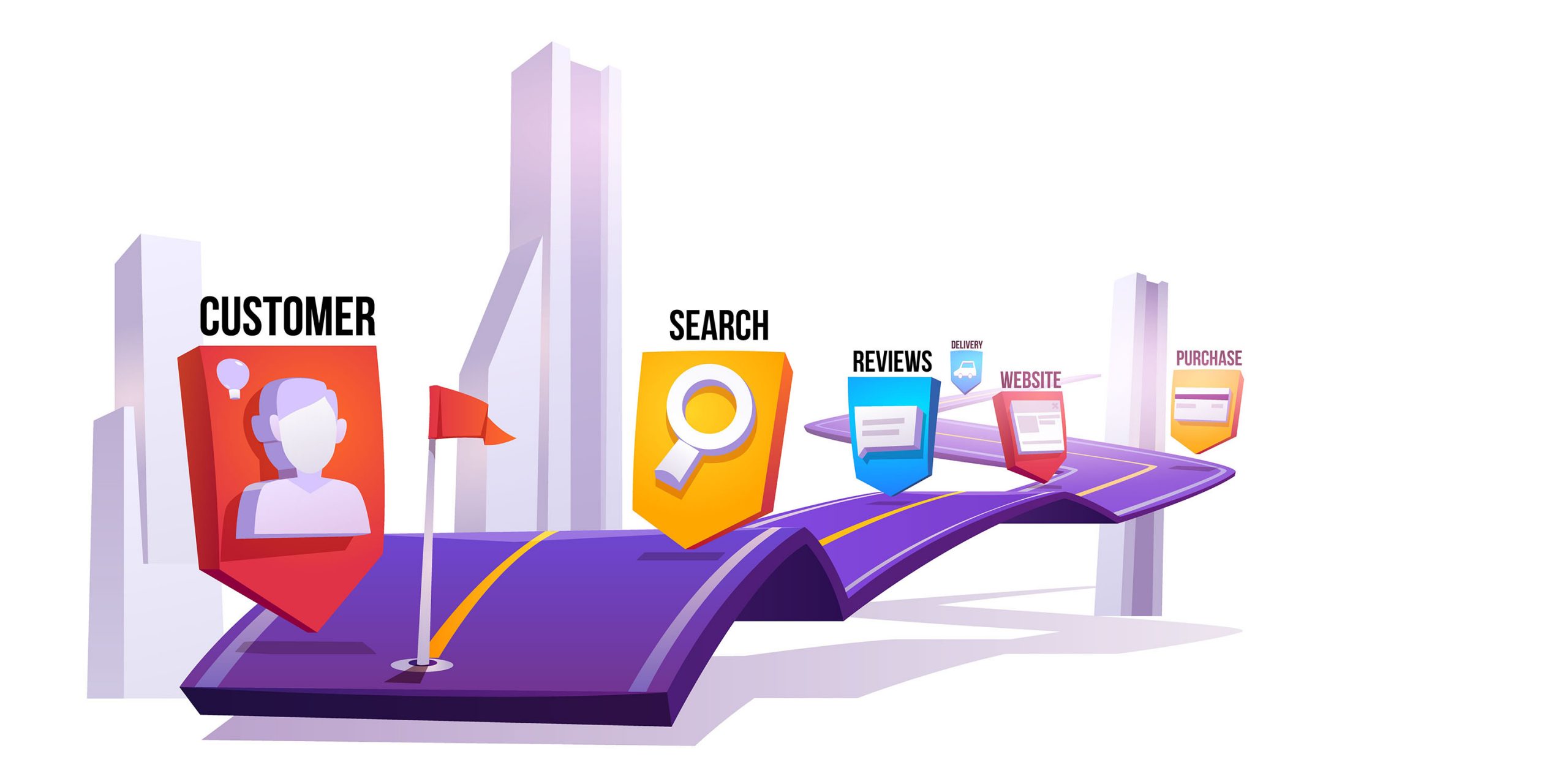Local SEO Marketing Guide for Service Businesses
In this comprehensive Local SEO Marketing Guide, I’ll be covering my bulletproof local SEO lead generation plan for service businesses (and contractors).
Search engine optimization (SEO) is arguably the most important online lead generation strategy that service businesses should implement immediately.
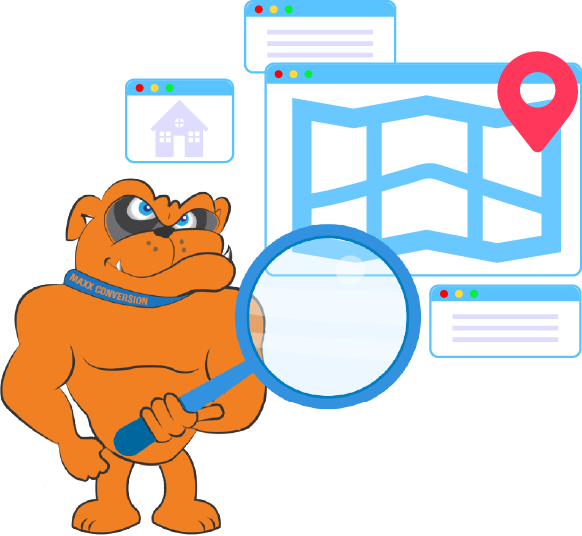

I’ve seen this strategy alone take small businesses in the service industry to a level where they never even imagined possible.
Yes, SEO can be a complex, daunting topic to digest as there are many facets that make up a successful SEO campaign.
But when done right, SEO marketing will absolutely increase the visibility of your business online, allowing people searching for your exact services to find you.
This will result in more high-quality, targeted visitors to your website, more leads, and ultimately more customers.
Who doesn’t want that, right?
This local SEO marketing guide is important because it provides powerful lead generation tips for your business.
Goal: To help you understand what it will take to build an effective SEO campaign for your service business.
In addition, this guide will empower you to make the best decisions possible on behalf of your company when it comes to your SEO lead generation efforts.
Here’s what I will be covering in this guide:
• Website SEO foundation: The essential elements that need to be present on your website in order for you to have a strong SEO foundation.
• On-page SEO: Pointing each of your website pages to the best keywords.
• Content foundation: How to build the best content foundation for your local SEO marketing campaign.
• Link building: The best local link building techniques for your type of service business.
• SEO X-factor: One powerful SEO technique that will help catapult your SEO results to the next level.
How Search Engines Work
Before we jump into tactics for your SEO website foundation, I want to talk a little bit about how search engines work.
BOTS
Search engines have bots.
These search engine bots basically crawl the internet for information and create a library of this collected information.
This is called indexing.

The bots are then able to find the information from their library and deliver it to the user when the user does a search on the search engines like Google, Bing, and Yahoo.
That’s really how the search engines work.
They collect the information, index it, and retrieve and display it on their search engine results page based on what a user searches for.
Website SEO Foundation
Let’s talk about user experience.
In order to provide the best user experience on your website, your site should have the following qualities:
- It must be easy to use.
- It should have an appealing design tailored for your ideal customers or clients.
- Your website should be responsive and easy to use on all devices.

Here are some additional things to consider for the best possible user experience:
URL Structure
Your URLs are the building blocks to the website’s hierarchy, and they should be well organized and search engine friendly.
A well-thought-out URL structure is beneficial for two reasons:
1. It improves your site’s user experience by making it easy for people to understand what your pages are about.
For example, in this URL https://www.azbanners.com/banners/outdoor-advertising/, it is easy for the searcher to see that this link is about outdoor banner advertising .

2. URL structure helps with rankings.
An organized URL structure (especially one with keywords in it) helps the search engines determine a page’s relevance to a particular search query.
A solid URL structure helps search engines more easily understand what your pages are all about.
This is essential for a strong SEO foundation for your website.
Core Pages
Along with an effective URL structure, there are core pages that all home services business websites should have as part of their SEO strategy.
These include:
- Home Page
- About Page
- Services Page
- Coupons and Specials Page
- Contact Page
- Testimonials Page
- Privacy Policy Page
- Terms of Service Page
- Site Map
At a minimum, your website should have these core pages.
In addition to your core pages, to really communicate clearly with Google what your business is all about, be sure to create the following two (2) sets of pages on your site:
- Individual service pages (one page dedicated to each service)
- Individual location pages (one for each city you want to provide services in)
These extra website pages help communicate what your website and business is all about to the all-important search engines.
For example, if you are a general contractor that offers custom home building and luxury home remodeling services, you want to create pages focused on each service being offered (home building and home remodeling) and each location we want to target.
If there are 10 cities you’d like to target with SEO, then you’ll want to create 10 individual location pages.
This is really essential to a strong local SEO foundation.
These pages most likely will not be visible on your site’s main navigation menu, but they will be on your website and visible to the search engines.
On-Page SEO
Another important part of your local SEO marketing is on-page SEO.
On-page SEO involves optimizing each page on your website for better rankings and increased traffic.
This is done by adding unique metadata for each page (SEO title and description), to communicate exactly what your page is about to search engines.
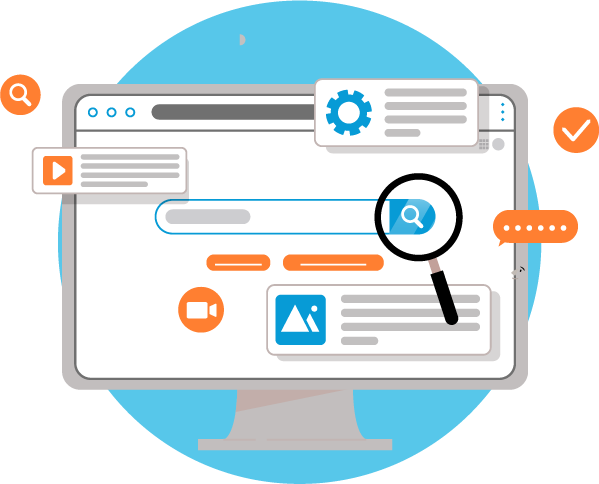
The Title Tag and the Meta Description
Title tags can extend up to 71 characters.
That is the number of characters that Google displays in search results.
If you can stick to that number, great, but if you need to go over that number for readability, do it.
Be sure to add your target keywords to the beginning of your title for SEO benefit.
Meta descriptions also show up in Google search results, right under the title tag text.
Aim for a 160 character description.
Be sure to add your target keywords to your description as well.
Here are some additional tips to keep in mind when crafting your title tags and descriptions:
- Keep target keywords as close to the front of your title tag as possible.
- Make the title tag and the description very enticing and appealing so that it compels searchers to click through.
- Try to engage that target prospect for your business through strategic copy in your title tag and your description.
This is like your “organic ad,” so you really want to focus on getting the click.
Now if you look closely at the screenshot below and thinking that the description looks odd with a list of outdoor advertising types and you are right.
The reason for this is because often times Google will bypass the SEO description that you added to your page for what it thinks is a better, more relevant description for the searcher.
Google is all about serving its users better, which makes sense since that is what we all try to do on our websites as well.
H1 Tags
The H1 tag or the heading tag is the headline of your page, typically.
This is the next thing you want to focus on when it comes to on-page SEO.
A page’s H1 tag is basically the page’s headline.
You don’t want to make this exactly the same as the title that we use in the metadata.
Instead, make it unique but still add your target keywords for the page.
Your H1 tag will be visible to website visitors on each page of your website.
Make it enticing so that it grabs the attention of readers and compels them to read the content below the headline.
Image Optimization
Every image on your website has a file name and alt tag.
Be sure when you name your image file to include a target keyword relevant to the page where the image will reside.
For example, if the keyword you’re targeting is “Scottsdale general contractor,” you can name your image file “scottsdale-general-contractor.jpeg.”

Of course, you will want to include your target keyword in there as well.
This is especially important for the first image on a web page.
Lastly, add in an image title if you have the opportunity.
The image title should be unique from the other information you’ve entered but should still include a variation of your target keyword.
Add Your Target Keyword to Your Page URL
As I touched on earlier, creating an easy user experience for both the website visitor and the search engines will greatly help with your on-page SEO efforts.
Beyond having an organized URL structure, having your keyword in the page URL with hyphens in between is really important.
Publish High Utility Content
Very important but often overlooked, publishing “high utility” content, or content that is insanely useful to your potential customers, is very helpful when it comes to on-page SEO.
I can’t stress this enough.
It’s not something that you do right away, but it’s something you can plan for right away based on the keywords that you’re targeting.
That can help you create web pages and blog posts that will build authority for your website.
Content Foundation
I know we just talked a little bit about content, but now we are going to dive into how to build a strong content foundation both on and off your website.
A solid content foundation consists of things like:
- Your company blog and other high utility content
- Social media posts on your Facebook, Twitter, LinkedIn, Pinterest, Instagram, and other social media platforms
- YouTube videos (great place for SEO activity)
- And more

In addition to this content, there are some other ways to build your content foundation.
Press Releases
Press releases are an effective tool for your content foundation.
You can look to create press releases on newsworthy events for your business like winning a prestigious award in your industry, helping out your community, or announcing a new service special.
Repurposed Content
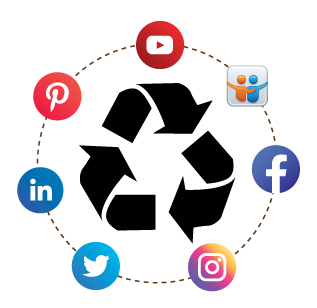
For example, many home service businesses utilize blogs on their websites for search engine optimization benefits.
If you have a blog, you can look at your website analytics and find out which posts are the most popular.
Then, repurpose those posts into YouTube videos, SlideShare presentations, social media, posts, infographics, or other forms of content that will bring in additional traffic.
Repurposing content in other formats is great for your SEO campaign because it gives Google exactly what its looking for—more high-quality, relevant content and information to give searchers the best possible experience.
Repurposing content that’s already performing well can help you earn additional first page search results for your business.
For example, if you have a blog post that’s already ranking on the first page of Google for your target keyword, it would be very impressive to have a video and/or a slideshare.net presentation about the same content also show up on a Google search.
That would really increase your authority with both Google and your target online audience.
Promoting Content

Beyond that, get your employees and others to share and promote each piece of content through their social media channels.
By doing this consistently, you’ll be able to grow an influencer list that will share your content and help promote it as well.
Ethical Link Building
Link building is when you get hyperlinks from other websites to link to your website.
It’s important for SEO because search engines use links as a way to determine how well a page ranks in search results.
Links also help search engines discover new web pages.
We want to be sure to avoid unethical or “black hat” link building tactics, as they can negatively affect your ranking and
positioning with major search engines.

Some of the best link building opportunities include the following for local service businesses:
- All major social media channels
- General local online directories and review sites like Yelp, yp.com, BBB.org, Superpages.com, and others
- Niche-specific directories for general contractors like Houzz, buildzoom.com, porch.com
These are great link building opportunities because you get free links back to your website from very high authority domains. For example, Facebook is one of the most authoritative websites out there, so getting a link from your Facebook profile back to your website is very beneficial for your SEO efforts.
Social media links like this really help with your link building profile by telling Google that you are a legitimate business.
These links provide some of the best opportunities to get high domain authority links back to your website.
A lot of people think they don’t really need all the different social media profiles for their business, but I would argue against that.
I recommend claiming as many social media profiles as possible.
Make sure they are filled out completely and be sure to get the link back to your site.
That way you can leverage it from an SEO perspective.
You don’t have to be really active on all of your social media and business profiles, but you definitely want to make sure you claim the ones you can for your business.
Keeping an Eye on Your Competition
We can also do some really good spying on our competitors’ links.
There are some tools out there like Ahrefs where you can just type in a company’s domain name and check out the different backlinks they are getting to their site.
You can use that information to get those links to your site as well.
Brand Name Link Reclamation
Brand name link reclamation involves finding and reclaiming broken links, which are backlinks or previously existing links that are now lost.
This can happen when a website changes its URLs or takes down a web page that was linking to your website.
If your brand has been mentioned online, like on a blog or website, you can actually reach out to the site owner or the webmaster and look to get a link back to your website.
You may also run into unlinked mentions, which are mentions of your business on a website without a link back to your site.
These are great opportunities for new links.
To claim a new link, you can reach out to those site owners and say,
“Hey, my business is mentioned on your website. Would you mind adding a link back to my site so people can actually learn more about our services? That would be greatly appreciated.”
That is a very simple and effective way to start building up your link profile.
With proper promotion, high-quality content can attract high-quality, relevant links.
When you’re able to share your high-quality content through social channels, not only through your business’ social channels but also through your staff’s social channels, this can absolutely attract high quality, relevant links without even having to go out there and fight for them.
Acquiring high-quality links can be challenging and time-consuming, so when you can create great content and promote it in a smart, effective way, you’re really working smarter not harder.
You’re really allowing your investment to go that extra mile and ultimately, when you get high-quality content on your site, that will help you rank better on the search engines and get more high-quality traffic to your site.
SEO X- Factor
The SEO “x-factor” is social activity.
Social activities include things like shares, likes, comments, views, mentions, reviews, click-throughs, and more.
Really it’s just brand interactions through social sharing, through viewership, through engagement, or through user-generated content (like reviews).
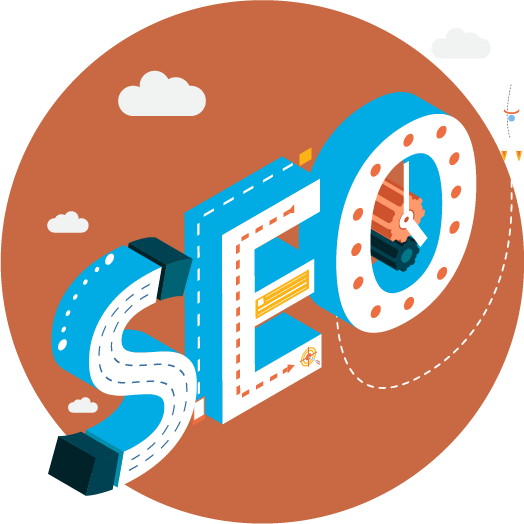
All these actions really help to create what we call social velocity around your brand and your business online.
This really helps to communicate with Google and other search engines that your business is legit, that people like your business, that people like what you have to say online and what you have to offer.
That’s why social activity is super important.
How can you produce social activity?
Basically you want to have a good social sharing widget installed on your website so visitors can share pages and blog posts they find valuable to their social media networks.
The easier you can make it for people who visit your site to share your content, the easier it’s going to be for them to promote your brand, your business, and your content (web pages, blog posts, reviews, etc.).
As I mentioned, try to keep your business profiles active because staying active can have an impact as far as being able to promote that social velocity for your business.
Now that you have your website, social media pages, and business profiles online, it’s really important to keep them active and updated where it makes sense.
For example, you can encourage customers to leave reviews on your Google My Business profile, your Facebook page or your BBB profile page. .
Lastly, social activities that can help your SEO are things like email newsletters or email marketing, which actually produce click-throughs to your website and also the sharing of your e-newsletters.
This email activity is connected to your brand, and it all contributes to the social velocity for your brand online.
Let’s Review
Hopefully this guide helps you better understand what local SEO marketing is and how you can boost your business’s local online visibility with the techniques I covered.
First and foremost, focus on user experience when it comes to your website and online presence.
Be sure your target audience, your ideal customers or clients, are having the best user experience possible with your brand wherever they come in contact with it online.
Remember that your website should be responsive for easy viewing on all devices and should include all the essential pages I outlined above.

If you have a blog post that shares several resources about where to find the best roofing material for your roof, make sure your on-page SEO and keywords are in line with that content.
Next, create high-quality content both on and off your website.
This includes blog posts, which are super important, as well as all the essential pages on your website.
Additionally, you can post content off-site on places like your YouTube channel, slideshare.net account, social media pages, and the like.
The goal is to have high-quality content ALL over the web.
Next, use white-hat link building methods to build relevant links to your website.
Shoot for quality over quantity, as quality links will benefit your SEO efforts much more.
Having relevant websites linking back to your website will have a huge impact on your ranking in the search engines versus trying to buy a link package of 10,000 links and trying to influence search engines that way.
Black hat tactics like that just don’t work out well.
In fact, you’ll most likely get penalized.
Lastly, social activity is social velocity.
It’s the SEO x-factor that can make a major difference when it comes to your SEO campaigns.
Encourage social activity by promoting your content and making it easy for visitors to your website and other online properties to like, share, comment, view, engage, and otherwise interact.
SEO is more than just having the right keywords.
It also involves building high-quality, relevant backlinks, producing social buzz, and creating a great user experience with an easy-to-use website and other key online properties packed with valuable, engaging content that speaks just as clearly to the search engines as it does to your target customers.
In addition, maximize conversion opportunities with the visitors to your website and other online properties so it is easy for prospective customers to get in touch with you.
Next, complete your on-page SEO.
Make sure that you point each of your website pages and blog posts to the most profitable keywords related to the content.
For example, if you have a page for a specific service, your target keyword and on-page SEO should match that specific service.
When SEO is implemented effectively, it is proven time and time again to produce a great return on investment.
It’s important to remember that SEO is a never-ending process if you want to remain competitive in the major search engines and stay out in front of your ideal customers and clients.
If you feel overwhelmed by what you consumed in this Local SEO Marketing Guide or just don’t feel like you have the time to do any of this, I invite you to send my team and I a message here or schedule a complimentary strategy call here where we can discuss your unique internet marketing needs and challenges.
Want to embed this infographic on your website?







